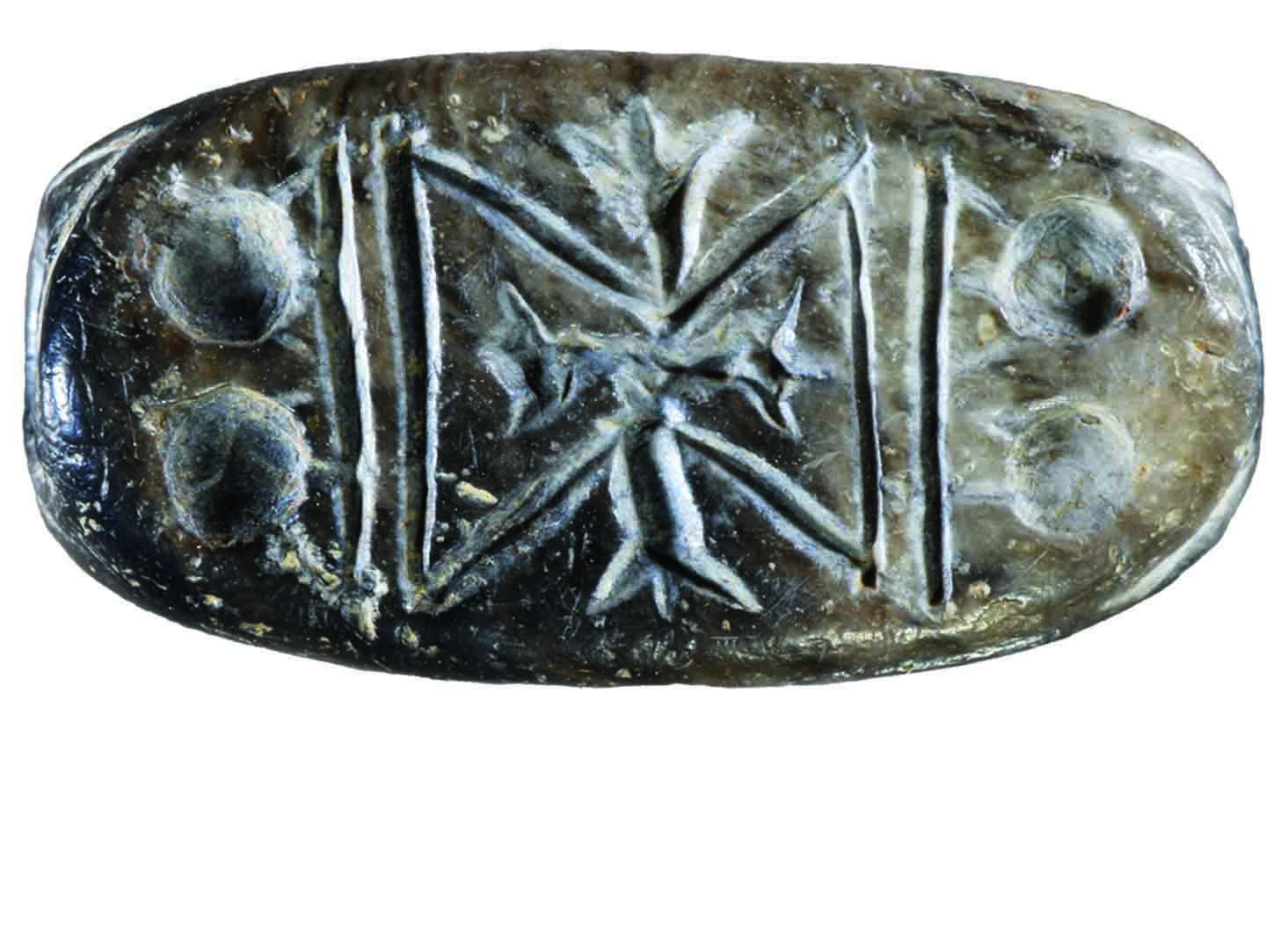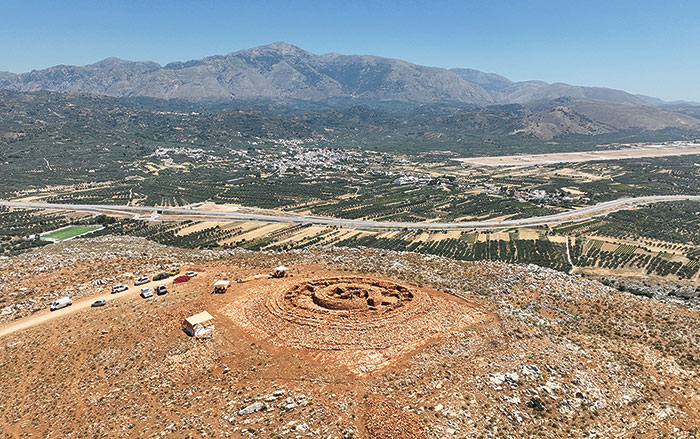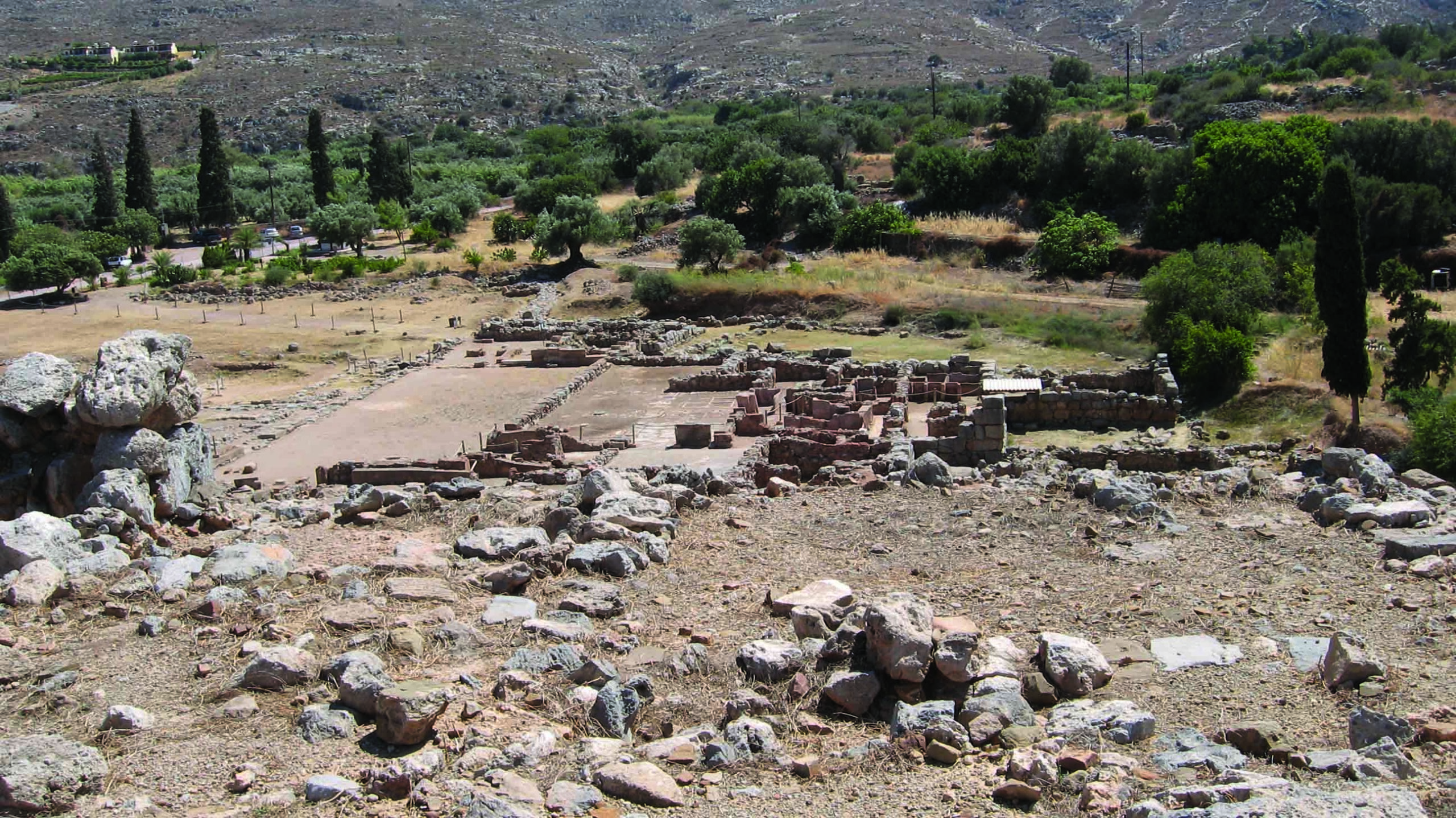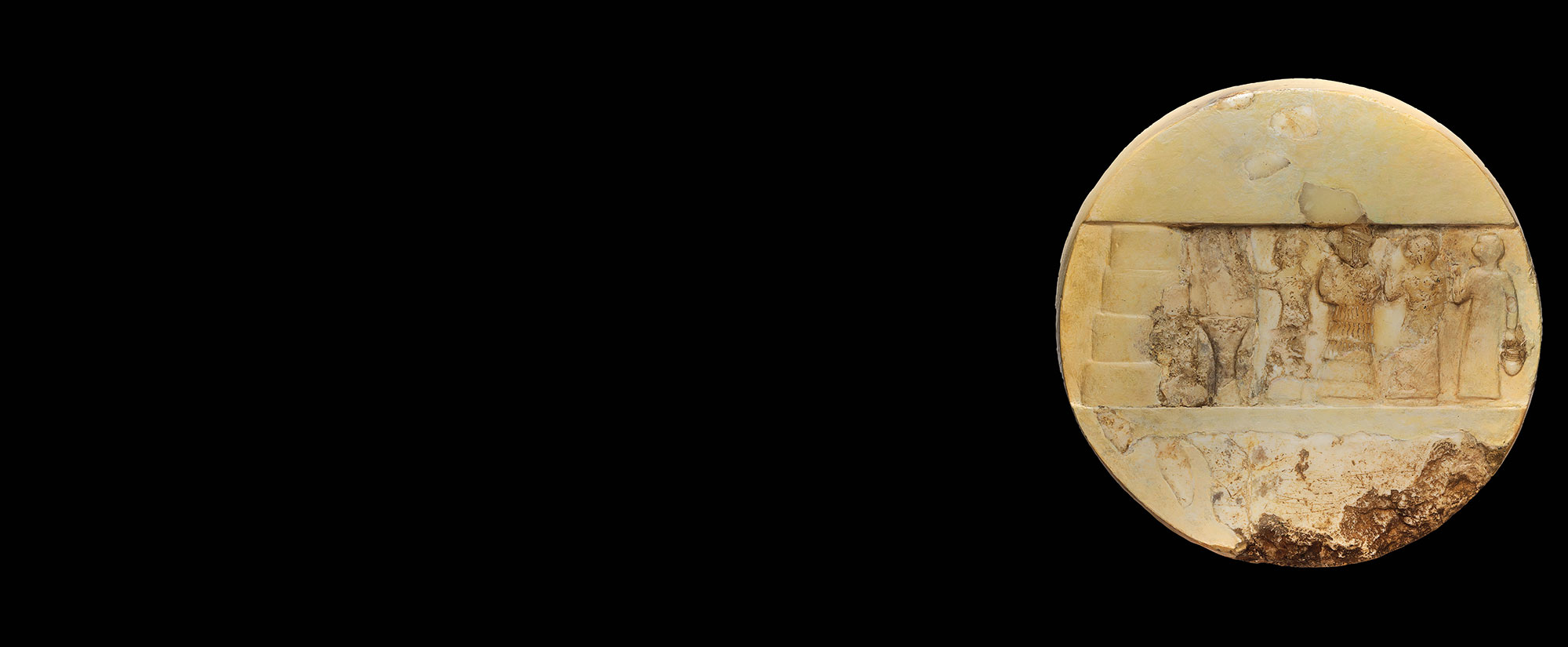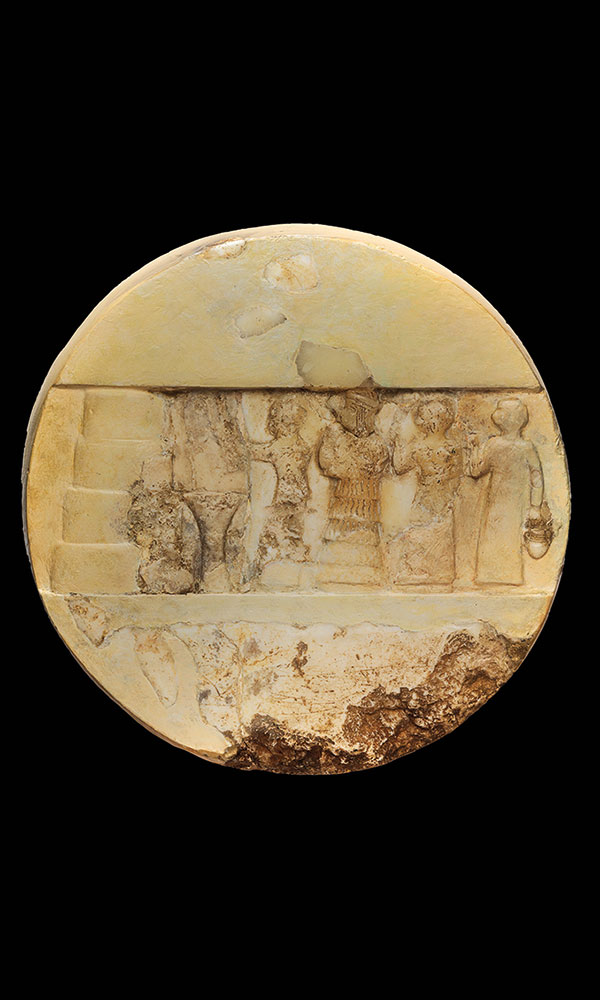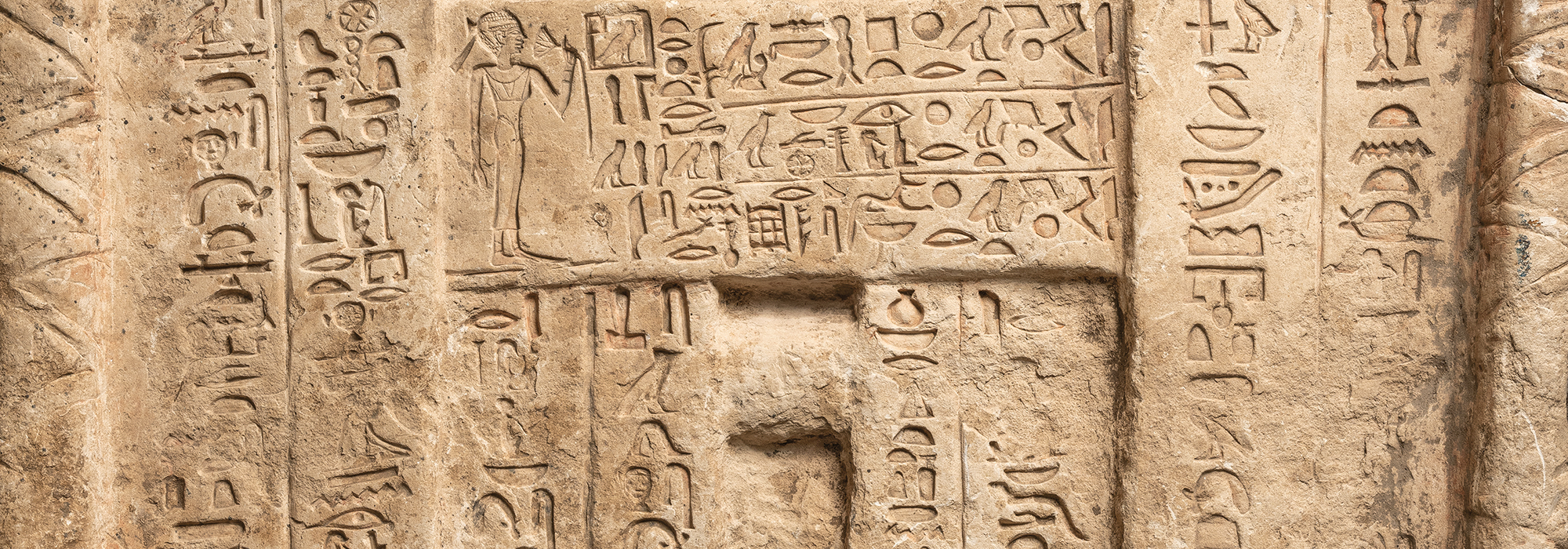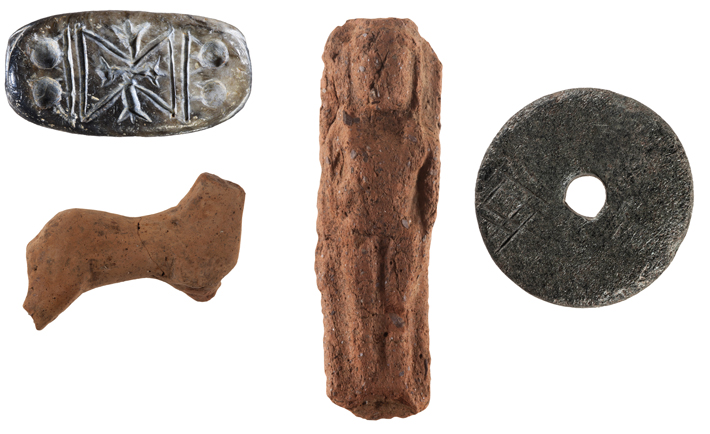
In the Anavlochos mountain range in eastern Crete, archaeologists have found hundreds of ancient terracotta fragments, mostly from female figurines, that were left as votive offerings in natural rock cavities in the seventh century B.C. Within one of these cavities was a more peculiar collection of well-worn objects, including a terracotta plaque of a woman and a steatite bead that likely both date to the eighth century B.C., as well as a seventh-century B.C. terracotta horse figurine. The cavity also contained a three-sided Minoan sealstone dating to between 1850 and 1700 B.C.—at least 1,000 years earlier than the other items. “The only thing these objects have in common is that they were already antiques when they were deposited in this cavity,” says archaeologist Florence Gaignerot-Driessen of the University of Cincinnati. “The fact that they were curated objects is clearly the reason why they were precious enough to be left as offerings.”
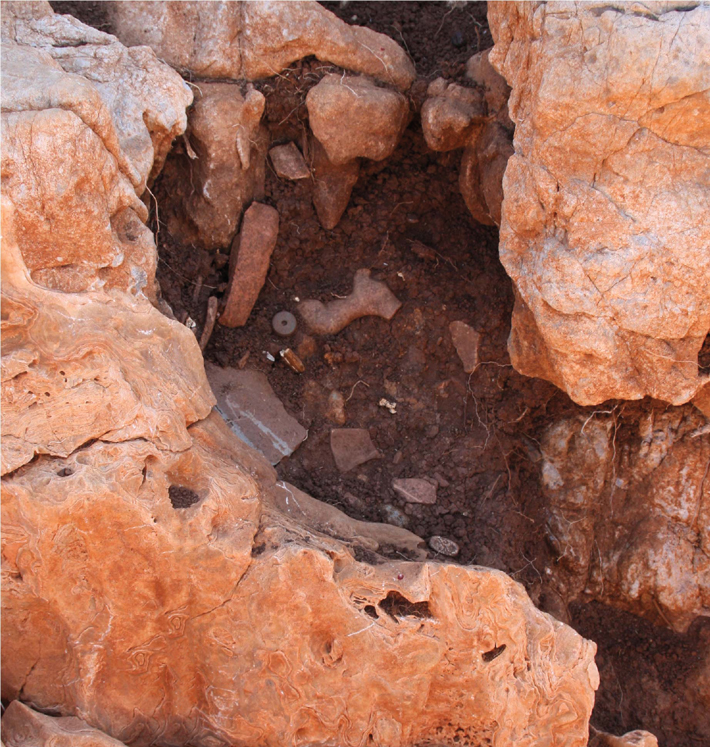
Homer’s Iliad and Odyssey mention similar collections of valuable curated objects, called keimelia, that were accumulated as gifts, heirlooms, and spoils of war. While studying the appearances of keimelia in these texts, Gaignerot-Driessen realized that they could have functioned as stand-ins for a missing person, either living or dead. She proposes that the four objects in the Anavlochos cavity might similarly have been intended to represent missing people by the individuals who placed them there. “This interpretation would change the way we perceive votive offerings,” Gaignerot-Driessen says. “They might represent the person offering the object, or someone they have in mind, and not the recipient, which would have been a deity.”


